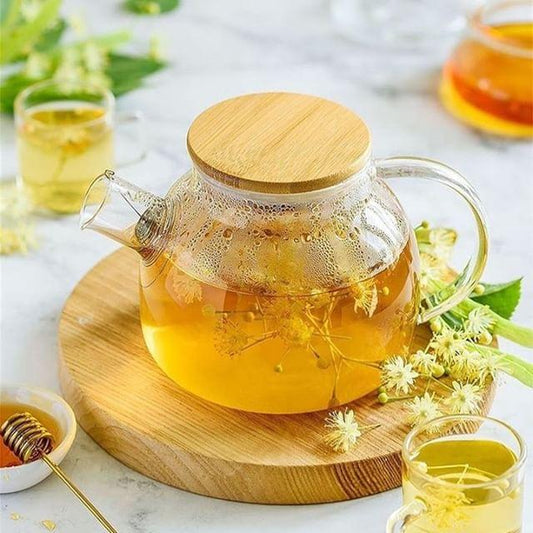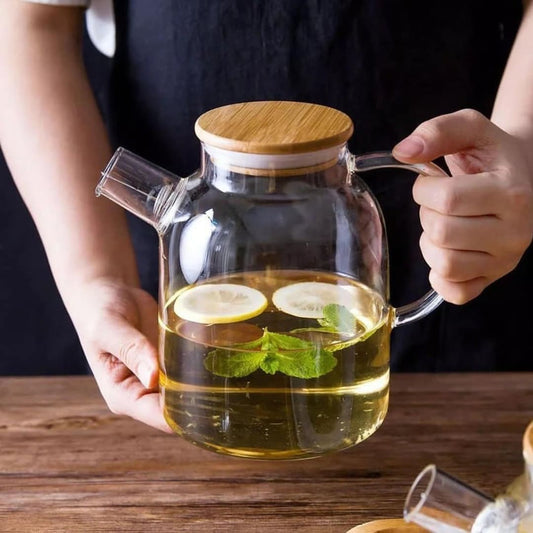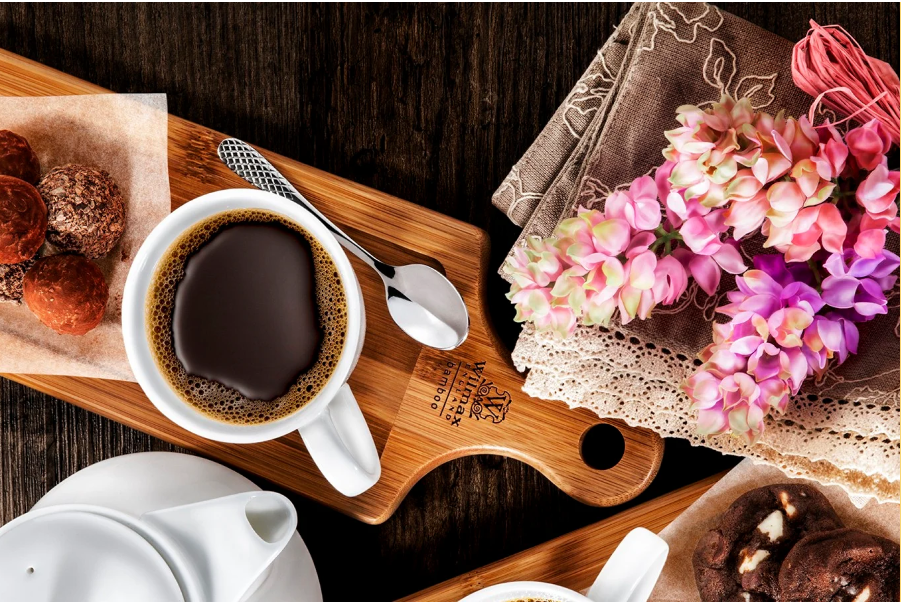Zero-Waste Cooking: Recipes that Maximize Every Ingredient

In a world where food waste is a growing concern, zero-waste cooking has emerged as a creative and sustainable solution. By using every part of the ingredient, from root to stem, and finding innovative ways to repurpose leftovers, zero-waste cooking helps reduce environmental impact while making the most of your groceries. This approach not only cuts down on waste but also inspires flavorful, inventive meals. Here’s how you can start incorporating zero-waste practices into your kitchen, along with a few recipes to get you started.
The Benefits of Zero-Waste Cooking
Environmental Impact: Reducing food waste minimizes greenhouse gas emissions and conserves the energy and resources used in food production.
Economic Savings: Stretch your grocery budget further by using parts of ingredients that would otherwise be discarded.
Nutritional Value: Often, the parts we throw away – like stems and peels – are packed with nutrients.
Essential Zero-Waste Cooking Tips
-
Embrace the Whole Vegetable: Use broccoli stems in stir-fries, carrot tops for pesto, and beet greens in salads.
-
Save Scraps for Broth: Onion skins, garlic peels, and herb stems can add incredible flavor to homemade vegetable or bone broth.
-
Creative Repurposing: Leftover rice becomes fried rice, stale bread turns into croutons or breadcrumbs, and citrus peels can infuse water or oils.
-
Compost What You Can’t Eat: If parts are truly inedible, compost them to return nutrients to the soil.
Zero-Waste Recipes to Try
1. Carrot Top Pesto
Ingredients:
-
1 bunch carrot tops (washed and stems removed)
-
½ cup nuts (almonds, walnuts, or sunflower seeds)
-
1 garlic clove
-
½ cup olive oil
-
¼ cup Parmesan cheese (optional)
-
Juice of 1 lemon
-
Salt and pepper to taste
Method:
-
Blend carrot tops, nuts, and garlic in a food processor.
-
Slowly drizzle in olive oil until smooth.
-
Stir in Parmesan, lemon juice, salt, and pepper. Use on pasta, sandwiches, or as a dip.
2. Vegetable Scrap Broth
Ingredients:
-
Onion skins, carrot peels, celery leaves, garlic ends, and herb stems
-
8 cups water
-
1 bay leaf
-
Salt and pepper to taste
Method:
-
Collect vegetable scraps in a freezer bag until full.
-
Simmer scraps with water and bay leaf for 1-2 hours.
-
Strain and store broth in jars or freeze for later use.
3. Stale Bread Croutons
Ingredients:
-
Stale bread (cut into cubes)
-
3 tbsp olive oil
-
1 tsp garlic powder
-
1 tsp dried herbs (oregano, thyme, or rosemary)
-
Salt to taste
Method:
-
Toss bread cubes with olive oil, garlic powder, herbs, and salt.
-
Bake at 375°F (190°C) for 10-15 minutes or until golden and crispy.
Transforming Leftovers
-
Rice & Grain Bowls: Use leftover grains and roasted vegetables to create hearty bowls with a drizzle of sauce.
-
Soup & Stews: Add aging vegetables to soups to extend their life.
-
Frittatas: Toss any leftover greens, cheeses, and roasted vegetables into a frittata for a quick meal.
Small Steps, Big Impact
Zero-waste cooking doesn’t require a drastic overhaul of your habits. Start small by using more of the ingredients you already buy and gradually build up your repertoire of waste-reducing recipes. Every small effort contributes to a healthier planet and a more sustainable kitchen. By making mindful choices, you can transform your cooking into a delicious and environmentally conscious experience.
Share:





